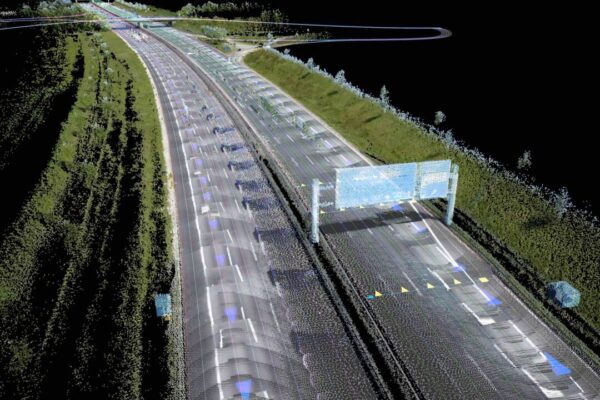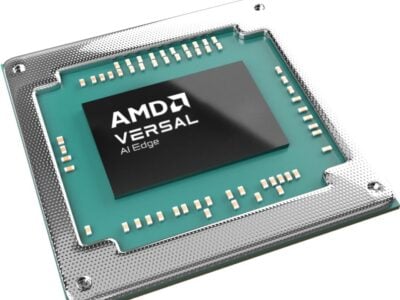
Here strives to establish uniform auto sensor data format
According to a release from Here, the company recently brought together a group of automotive companies, system vendors and suppliers to discuss the topic. State-of-the art vehicles, in particular the “Connected Car” represent sink and source of vast amount of data at the same time. The data generated through a broad array of on-board sensors are regarded as the fuel for future business models around the car, and according to Here, they can be utilised to improve traffic safety as well as driving experience of nearby drivers. Examples of such use cases are real-time map updates or alerts on traffic congestions or hazardous conditions ahead.
Today however, most OEMs and suppliers are utilising highly proprietary data formats. This hampers the ability of efficiently aggregating and analysing such data in backend infrastructures or in the cloud; as a consequence, the benefits for the drivers does not materialise.
During the meeting held in Berlin, participants from 16 companies agreed that the automotive industry should define a data format in which vehicle sensor data can be ingested by a local cloud. In addition, the participants discussed a range of technical issues including data content, security and anonymisation as well as transmission accuracy and efficiency based on the ingestion interface specs the company published recently. A company spokesperson declined to specify the names of the meeting participants, saying they represented companies related to the automotive business from Europe, North America, and Asia.
“The ability to transmit sensor data in real-time across different vehicles on the road requires a deep industrywide collaboration,” explained Dietmar Rabel, head of Here’s product management, holding out the prospect of massive benefits for drivers and the entire society. “The result should be fewer accidents and more efficient journeys as well as moving the industry closer to its aspiration for cars that fully understand their environment and drive themselves”, Rabel said.
A recent forecast by market research company SBD predicts that by 2020 more than 30 million vehicles will be sold per year. Sensors on board of this global fleet will generate more than 163 million terabytes of data every year.
Here, a subsidiary of telecommunications infrastructure provider Nokia, has recently made headlines because a consortium of German carmakers announced the intention of acquiring the map services provider and turning it into a vendor that provides mobility related data to any interesting party.
Related articles:
How the HERE takeover impacts the digital map market
 If you enjoyed this article, you will like the following ones: don't miss them by subscribing to :
eeNews on Google News
If you enjoyed this article, you will like the following ones: don't miss them by subscribing to :
eeNews on Google News



